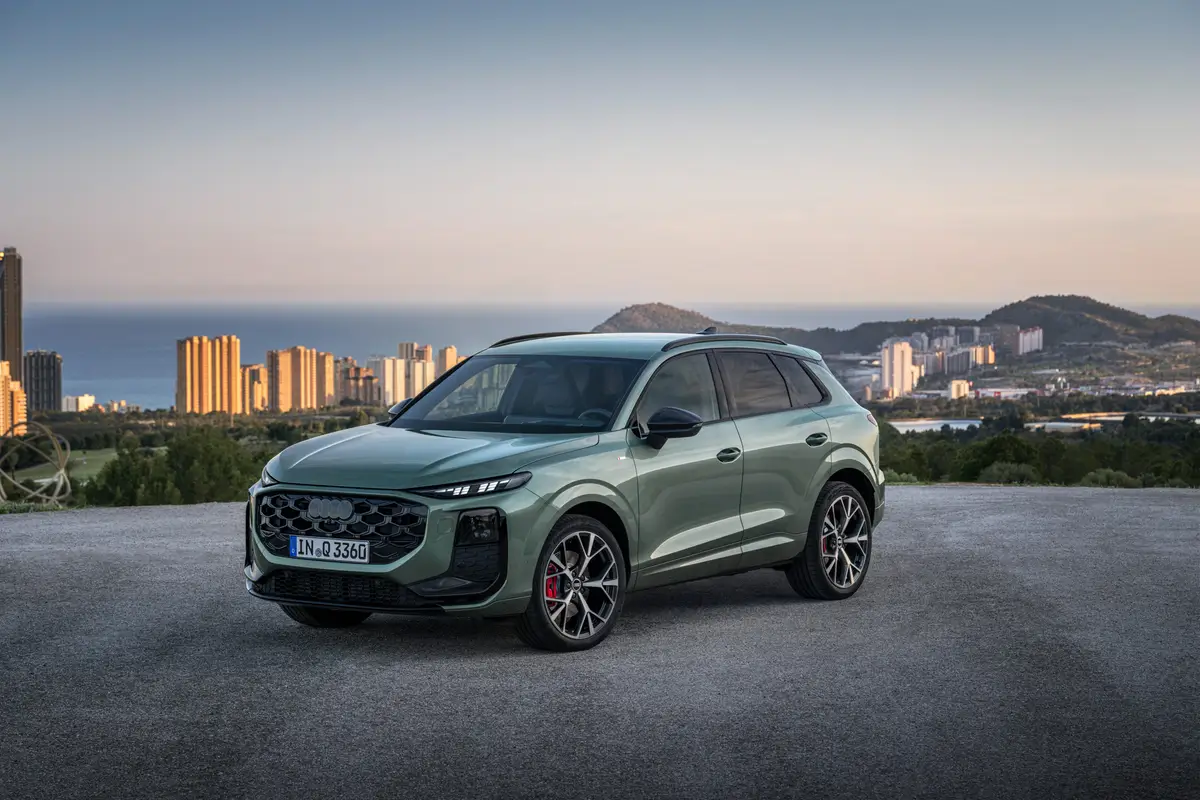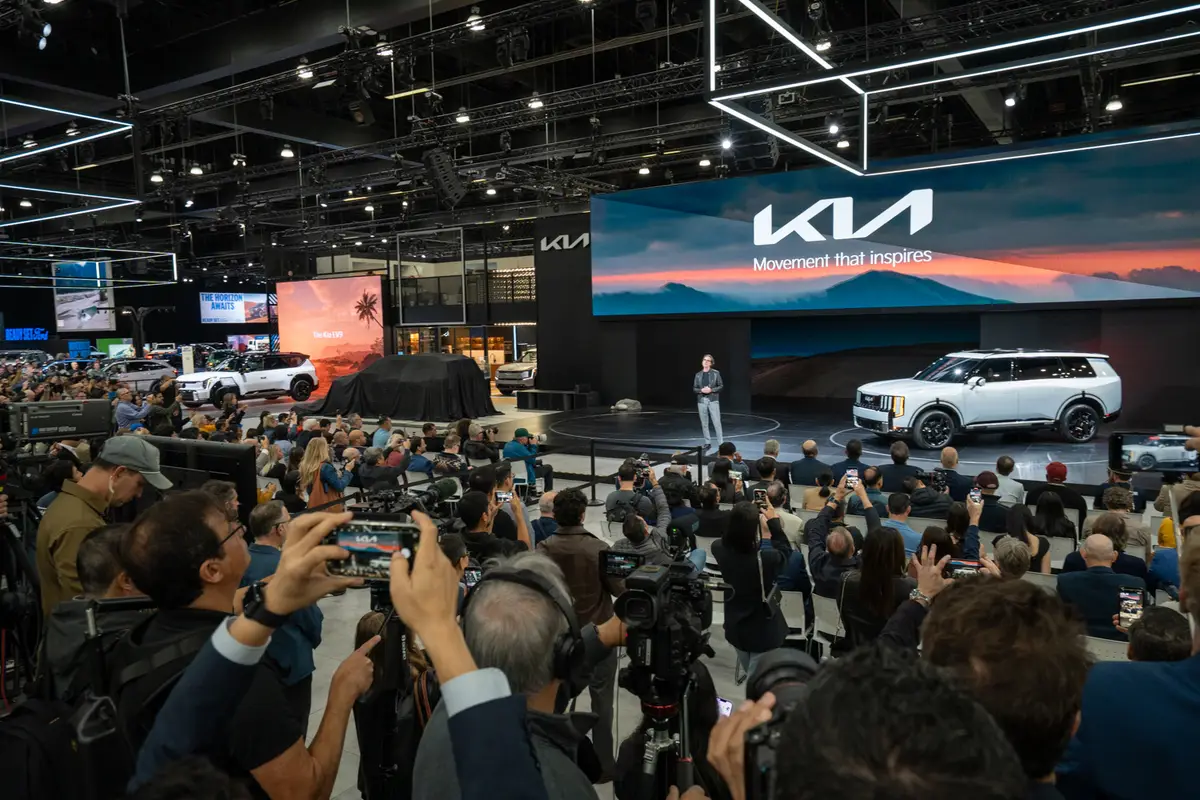The Morning Call and Mcall.com's view
Anyone will tell you it’s the product that counts. Since General Motors spent billions of dollars creating Saturn, there’s been little change since it’s debut as GM tries to recoup its investment.
Well, for 1996 there’s a shift in Saturn’s automotive constellation. For the first time since it’s debut, Saturn has changed it’s line of sedans and wagons.
What hasn’t changed is the Saturn sales experience, which some say has as much to do with Saturn’s success as the car itself. Saturn has taken the type of sales experience once reserved only for the wealthiest automotive customer and brought it to the entry-level consumer. While this was revolutionary in terms of marketing, some wondered if the cars were as good as the new-age hype.
For 1996, the answer is yes. In every way, Saturn’s new sedans and wagons are superior to the previous generation. On the outside, the Oldsmobile family resemblance remains up front, but new headlight clusters incorporate daytime running lights, a safety feature that turns the lights on at a reduced voltage at all times. It helps reduce accidents by allowing other drivers to see you and is standard throughout the line this year.
The front end is much more rounded, but so is the rest of the car. The air intake is aggressive, with fog lamps neatly capping each end.
While most exterior dimensions remain the same, the biggest change is height. At two inches taller, the car has a rounded greenhouse look that adds a distinctive appearance to both sedan and wagon. The rear doors are larger, allowing easier entry. Tail lamps are completely revised, now having a more European look. New drip rail moldings have been added to prevent Niagara Falls from splashing on your khakis when the doors are opened. The overall effect is handsome and far superior to the previous sedans’ pointy, strange look.
The interior, having undergone the surgeon’s knife last year, sees only modest revision this year, with increased headroom and a more comfortable seatback angle being the major news. Seat comfort also has been increased, as has rear seat room. Trunk space is good on the sedan, okay in the wagon. Just beware of the long sill when hoisting that keg in the back of the wagon.
More important are the mechanical revisions. Suspension tweaks and new tires improve handling over previous versions, frost heaves are well damped, steering response is quick. Understeer comes in just when you expect it to. It gives the car a connected, sporty feel. Vibration through the steering wheel, noticeable last year, has been quelled.
There’s less noise this year as well, due to additional sound insulation. At cruising speeds, there’s little wind, road or tire noise. But ask the engine for extra juice and the engine awakes with a din reminiscent of a vacuum cleaner. Most drivers will never notice, but driving enthusiasts will.
Power still comes from a 1.9 -liter 4-cylinder engine. The single overhead cam engine in the SL, SL1 and SW 1 produces 100 hp at 5,000 rpm. Jumping to the SL2 or SW2 affords you a double overhead cam and 124 hp at 5,600 rpm. When you pop for the better engine, you also get variable-effort power steering and lower-profile tires. There isn’t much difference between the two engines’ power, but the more powerful engine is quieter at most speeds and is better for dealing with the hills that are common to the Lehigh Valley.
Transmission choices remain a 5-speed manual or 4-speed automatic. The 5-speed is slick and easy to use and will quell most complaints about engine noise. The 4-speed automatic will be the choice of most buyers and is well matched to either engine. There’s less hunting back and forth between gears than last year, mostly the result of fuzzy logic being adapted. It learns driver behavior and matches shift points to it.
The SL1 with automatic has an EPA rating of 27 mpg cit , 36 mpg highway. Deduct two miles per gallon if you opt for the more powerful engine. Saturn meets all 1997 side-impact requirements. Dual airbags are standard, anti-lock brakes with traction control are a $795 option and, unlike some competitors, available with either transmission.
What comes across after spending the day winding through the Poconos in a fleet of new Saturns is the little things done to make this car so much more satisfying. Of course, the new styling helps, but so does the myriad of tiny detail changes.
The best news is that the change in price isn’t too painful, either. The base sedan starts at just $10,395, while the top-of-the-line sedan with bigger engine, tires and variable-effort power steering, starts at $12,295. The wagon bases for $11,995 with the SOHC engine, $12,895 with the DOHC engine.
Latest news



